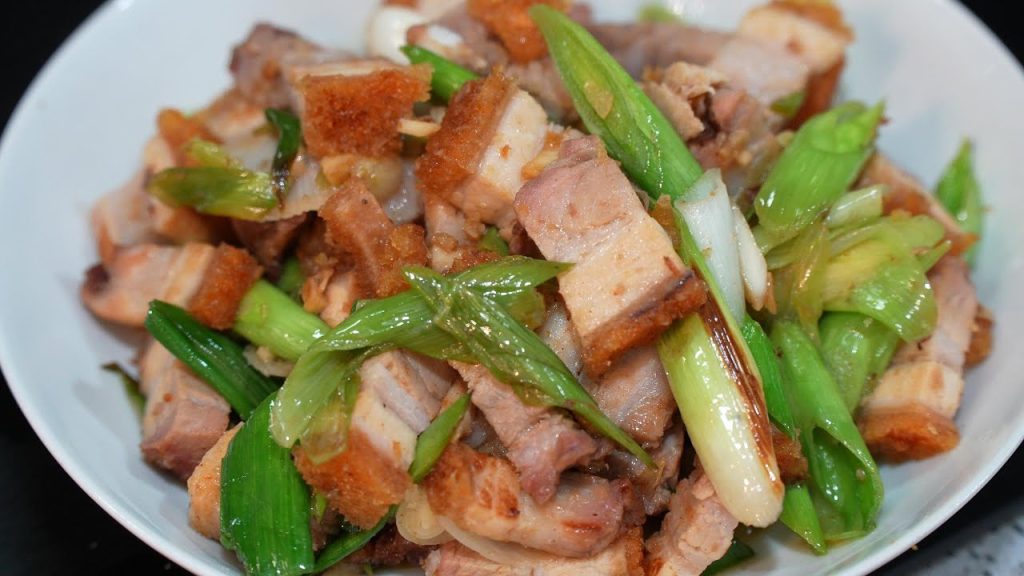From Farmyard to Feast: Unveiling the Delicious Journey of Pork Meat
For many years, pork meat has been a mainstay in numerous cultures due to its versatility and exquisite taste. However, have you ever pondered how the succulent pork chop or the enticing bacon strips make their way from the farm to your plate? We’re going to take a delicious look at the journey of pork today, from the farm to your fork. However, have you ever given any thought to the path that pork loin travels from the farm to your table!
The Careful Rearing of Pigs:
The journey of pork begins on the farm, where dedicated farmers and ranchers raise pigs with utmost care. They provide a comfortable and clean environment, ensuring the pigs have access to nutritious feed, fresh water, and ample space to roam. These responsible farmers prioritize the health and well-being of the pigs, ensuring they are free from stress and disease.
Sustainable Farming Practices:
Many pork producers are embracing sustainable farming practices to minimize their environmental impact. They implement efficient waste management systems, utilize renewable energy sources, and employ ethical and humane practices. Sustainable pork farming aims to protect natural resources, reduce greenhouse gas emissions, and promote biodiversity.

1, Quality Assurance and Animal Welfare:
Before pork meat reaches your plate, it undergoes rigorous quality assurance measures. Regulatory bodies and industry standards ensure that pork producers adhere to strict guidelines for food safety, animal welfare, and traceability. These measures help maintain the integrity and safety of the pork supply chain, giving consumers confidence in the product they purchase.
2, Processing and Butchery:
Once the pigs are ready for processing, they are transported to licensed and regulated facilities. Here, skilled professionals employ modern techniques to process the meat into various cuts and products. Butchers play a crucial role in skillfully preparing pork cuts, ensuring optimal tenderness, flavor, and presentation.
3, Packaging and Distribution:
After processing, the pork meat is carefully packaged to maintain freshness and quality. It is then distributed to grocery stores, butcher shops, and restaurants, where it becomes available to consumers. The packaging and distribution process ensures that the pork meat reaches consumers in a safe and hygienic manner.
4, Culinary Delights:
From your local grocery store to your kitchen, the journey of pork meat is completed when it reaches your fork. At this stage, it’s time to unleash your culinary creativity and savor the delicious possibilities that pork offers. Whether you’re grilling juicy chops, slow-cooking tender roasts, or preparing savory sausages, pork meat provides a canvas for a wide range of delectable dishes.
Life on the Farm: Farm Life, Processing, and Transformation
The adventure begins on pig farms, where piglets are born and raised. There are two main farming practices:
- Conventional Farms: These farms typically house pigs in large enclosures and feed them a grain-based diet to promote rapid growth.
- Pasture-Raised Farms: Here, pigs have access to outdoor areas and are often fed a diet that includes foraged elements, resulting in slower growth but potentially leaner meat.
The Processing Plant
Once pigs reach market weight, they are transported to processing plants. Here, strict hygiene regulations are followed to ensure food safety. The pigs are humanely slaughtered, and then the butchering process begins. The pork is separated into various cuts, such as chops, roasts, and ribs.
Transformation Time
Some cuts are sold fresh, while others are further processed into delicious items like bacon, sausage, and ham. Curing, smoking, and salting are some of the techniques used to create these tasty varieties, adding flavor and extending shelf life.
Reaching Your Plate
Finally, the pork arrives at its destination – grocery stores, butcher shops, and farmers markets. Here, you get to choose the perfect cut for your next culinary creation!
Beyond the Basics
The farm-to-fork journey can vary depending on factors like location, farming practices, and processing methods. Here are some additional things to consider:
- Animal Welfare: Consumers are increasingly concerned about the welfare of animals raised for food. Look for labels that indicate humane treatment practices.
- Sustainability: Factory farms can have a significant environmental impact. Consider supporting farms that prioritize sustainability.
- Local Options: Buying pork from local farms can reduce transportation emissions and allows you to connect with your food source.

